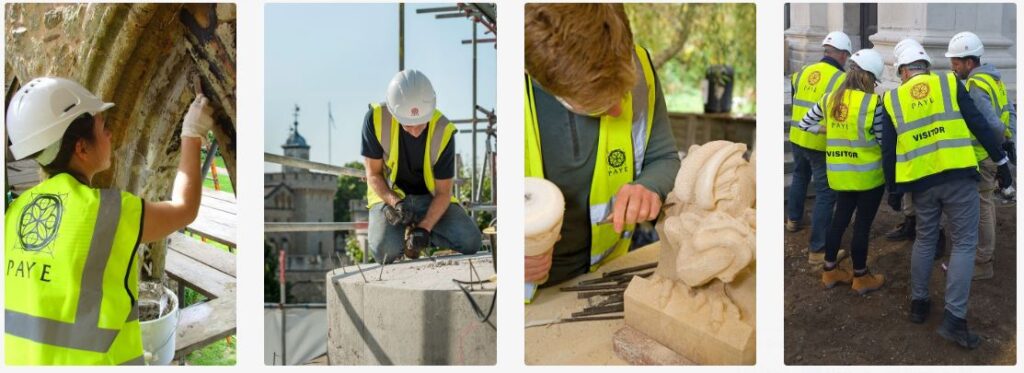Does Building Conservation Philosophy Influence Practical Decisions Making By Conservation Professionals? (2013)
The way in which conservation is carried out, the thought process behind every conservation related decision, is the focus of this dissertation. This process is otherwise known as Conservation Philosophy and has been developed over centuries. The practice and philosophy of building conservation rests on a clear set of principles and processes designed to ensure a clear and standardised approach to conservation.
Several Principal Building Conservation Tenets have been drawn up in the Appleton Charter (1983), to help guide Conservation Professionals in carrying out high quality repair work; Minimum Intervention and Integrity, Reversibility, Honesty and Distinguishability, Meticulous Recording and Documentation, Avoidance of Conjecture, Respect for Age and Historic Patina, Materials and Techniques. Every technical decision made is assessed against these principles.
This allows the development of defensible solutions whereby the Lead Professional of a Conservation Contract can justify the decisions he/she has made. Conservation Philosophy has developed over many years, being adapted constantly to satisfy the needs of different generations and societies. Although there have been many written texts such as charters created to aid conservation professionals, are they actually identified and adhered to in every day practice?
They are an excellent reference point for making any conservation related decision so it would be in the best interest of these professionals to utilise them. This dissertation aims to investigate what the reality is and determine just how big a part conservation philosophy plays in modern conservation practice. This research dissertation aims to investigate the following:
- How Building Conservation Philosophy is implemented by Professionals within the conservation works carried out every day by contractors
- To undertake a Literature Review to investigate the history of Conservation Philosophy, its origins, key personnel and developments over the years
- To interview Lead Professionals within the industry in the hope that a definitive picture will be painted of how big a part the philosophy of conservation plays in modern practice
- To bring the literature and collected interview data together in order to come to an overall conclusion on the dissertation hypothesis
- 11,000 words – 34 pages in length
- Excellent use of literature
- Good analysis of subject area
- Well written throughout
- Includes questionnaire
- Ideal for quantity surveying students
1 – Introduction
Aims and Objectives
Hypothesis
Research Methodologies
2 – Literature Review
Restoration or Conservative Repair?
Motives for Conservation
Principal Building Conservation Tenets
Minimum Intervention and Integrity
Reversibility
Honesty and Distinguishability
Respect for Historic Age and Patina
Meticulous Recording and Documentation
Avoidance of Conjecture
Materials and Techniques
3 – Data Collection
Interview
Questionnaire
4 – Data Analysis and Discussion
5 – Conclusions and Recommendations
Conclusions
Hypothesis
Aims and Objectives
Recommendations
References
Appendix
Questionnaire

